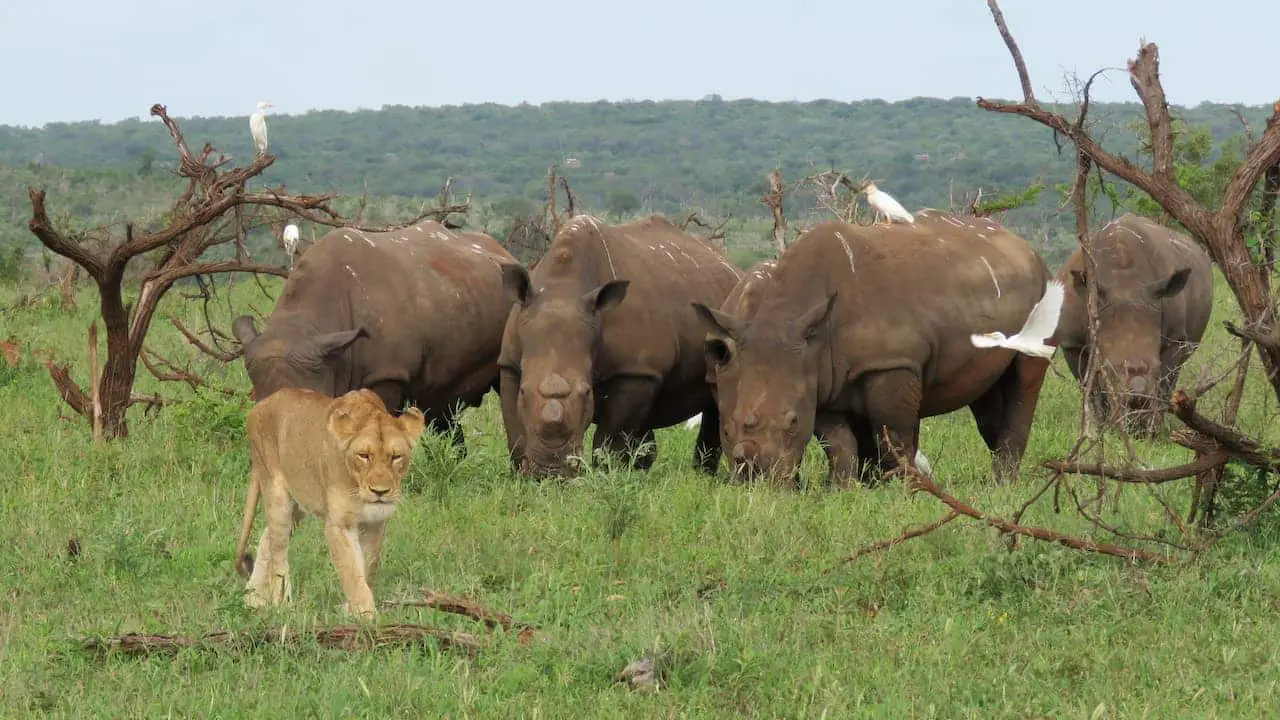10 Tips to get Tourism PR Published
As a publisher of content aimed at travellers and the tourism trade, my email inbox is flooded with press releases – many of which are trashed because the content is either badly written, does not comply with my website or magazine’s editorial policy or is so blatantly promotional that it could only be published as advertorial, which of course defeats the Public Relations practitioner’s objective. By Desmond Langkilde.
So what can PR writers do to make their press releases more acceptable to publishers and editors? Here are 10 suggestions:
1. Relevance
Make sure that the subject matter of your press release is relevant to the media title. Seems obvious but you’d be surprised how many irrelevant press releases I get. Obviously, these practitioners have not bothered to research the media title. Most media have an editorial policy that outlines acceptable content and editorial submission requirements.
2. Headlines
Test press release headlines before dispatching to media. There are tons of free headline test websites, paid for software and WordPress headline tester plugins out there. The Advanced Marketing Institute has a good headline analyzer. A good headline should be Specific, be Succinct and quickly reflect the Expectations of the reader.
Ideally, headlines should be between 60 to 100 characters, including spaces. Bear in mind, though, that the publishers’ website permalink also counts towards the number of characters used (TourismTattler uses the domain name, category & post number, which take up 53 characters – leaving just 47 characters for your headline).
3. Structure
Like any good story, there should be a beginning, middle and an end. Get to the point upfront in the first few lines of the introduction – if that’s boring or waffles on without direction, it’s unlikely that the reader will bother reading further. Flesh out the introduction in the middle paragraphs. Here you can elaborate – you’ve piqued the reader’s interest, now justify why he/she should know more. End the release with a conclusion. What do you want the reader to remember or do about it?
4. Brevity
Be succinct. But not too succinct. Judging from the lengthy press releases that I often receive, it seems that some PR practitioners are paid by their clients on a per word basis, which can be a huge waste as editors often shorten the copy. On the other hand, I also get press releases that are too short. Ideally, the length of press releases should be structured to suit the publisher’s editorial policy guidelines. As a general rule, 500 words is ideal.
5. Content
To avoid your press release being hacked to shreds by an editor, provide a short and a long version – and note the word count for each. Websites and blogs may have unlimited space for lengthy articles but for print media, space is limited.
6. Continuity
If your client is an expert or a celebrity in a particular field that ties-in with the media title’s content then look at writing press releases as a series of articles that expand on the subject matter i.e. Part 1, Part 2, etc. This drives your client’s message in short, easy to read instalments, which become more memorable over time.
7. Partnership
Seek to partner with the media title by negotiating an editorial contributor agreement on a trade exchange basis i.e. although your client pays you to write their PR, the publisher also often pays for good content writers. By agreeing to tweak your press releases to conform to the media title’s policy and features list, you’re saving them money. But be sure to meet the publisher’s deadline dates.
Some publishers also allow user-login rights for PR practitioners to upload content as Authors. TourismTattler.com offers a free ‘PR Self-Upload’ feature where unlimited content can be uploaded, subject to certain ‘rules’ as defined in a supplied ‘User Guide’.
8. Images
Include copyright-free pictures with your press release. If the photographer retains copyright then make it clear that this must be acknowledged. Personally, I prefer to receive high-resolution images attached to the press release email as it saves time in having to ask for these. Most publishers use high bandwidth servers, so file size is rarely an issue. If it’s an issue for you, then include low-resolution images with an image gallery link for high-resolution downloads. And name each image with an accurate description of its portrayal. Seychelles-Sunset-Anse_Kerlan-Beach-Praslin says a lot more than Image-1.
9. Captions
Bear in mind that there’s often more than one person involved in the media title’s production process, so clearly indicate which captions relate to which images. Ideally, include the caption with the image file name to avoid any confusion.
10. Editorial or Advertorial?
Many PR practitioners seem to confuse the two. Editorial is written to comply with the publisher’s editorial policy. It needs to be informative or educational by stressing a problem or issue and lead to a possible solution without any name dropping or hard selling. Expect at the most an incidental mention of a brand or company name or an acknowledgement on the source with a link for further information. Advertorial is paid-for advertising, where the clients’ brand or company is highlighted upfront or even in the headline. Many publishers are prepared to offer free editorial if supported with a display or banner advertising campaign, which is a win-win situation for both parties. The editorial provides interest and clarity as well as content for the publisher while the advertisement provides brand identity awareness for the PR company’s client. So, be prepared to support the publisher with some advertising revenue.
© This article may be freely distributed or reproduced provided that acknowledgement is made to the author, Desmond Langkilde with a website link to www.tourismtattler.com


